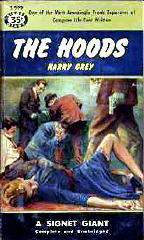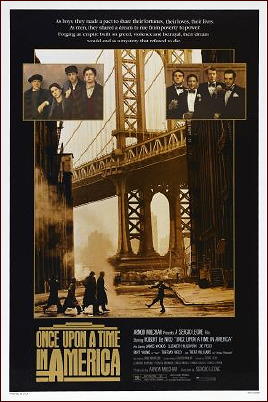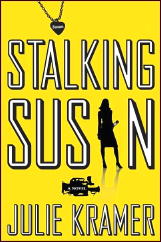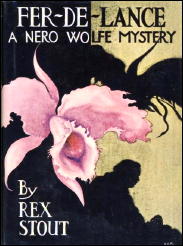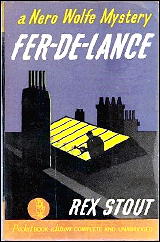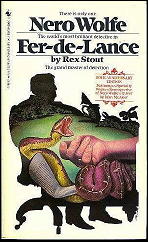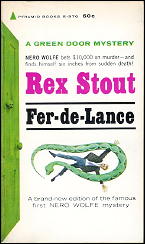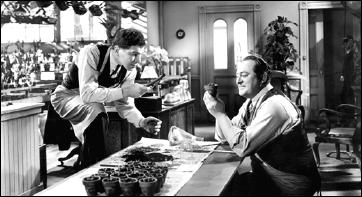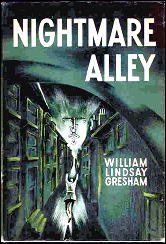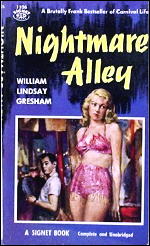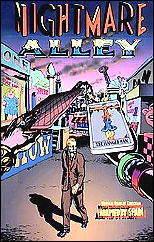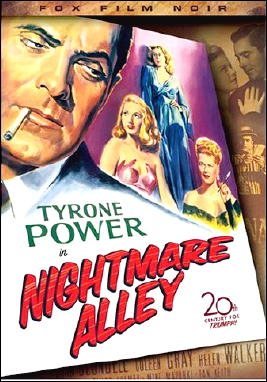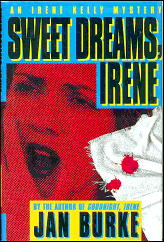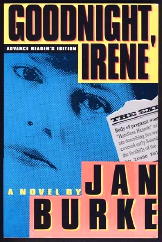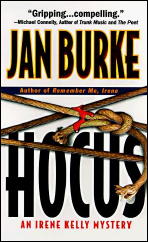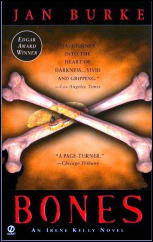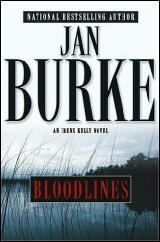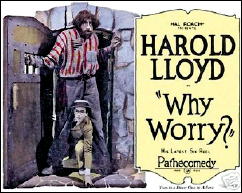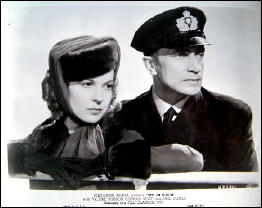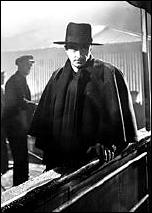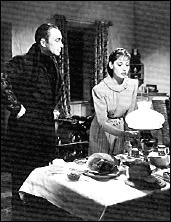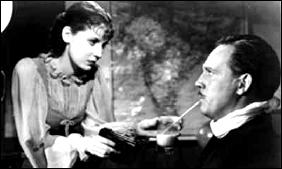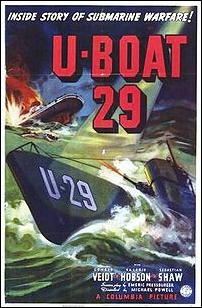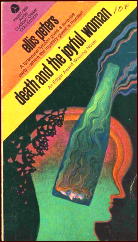Reviewed by DAVID L. VINEYARD:
ERIK LARSON – Thunderstruck. Crown, October 2006. Trade paperback: Three Rivers Press, September 2007.
Within twenty-four hours Captain Kendall would discover that his ship had become the most famous vessel afloat and that he had become the subject of breakfast conversation from Broadway in New York to Piccadilly in London. He had stepped into the intersection of two wildly disparate stories, whose collision on his ship in this time, the end of the Victorian era, would exert influence on the world for the century to come.
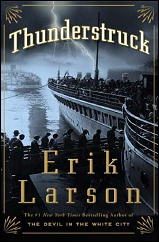
Alfred Hitchcock was so fascinated by it that he included elements in two of his films, Rear Window and Rope. As it was happening, then Home Secretary Winston Churchill had his home wired with the new Wireless technology so he could follow the case even when he as away from the Home Office.
It was the basis for novels by Ernest Raymond and Francis Isles among others, and even Raymond Chandler refers to it in one of his novels. Head of Scotland Yard’s Murder Squad, Frank Froest, later a mystery writer, was involved. It made the career of the young forensic genius Bernard Spilsbury who would later help catch George Joseph Smith, the Bath Murderer, and help convict Christie, the Rillington Place murderer.
It was the case of the young century, and perhaps the first worldwide news event followed by millions as it unfolded virtually live before them. It was highlighted by one of the most brutal and bloody murders in history and a spectacular race across the Atlantic monitored by fascinated readers across the world.
Today the name Dr. Crippen still brings up images of a mild mannered little man, his beautiful lover, and a dogged Scotland Yard Inspector in the chase of his life.
Erik Larson, whose earlier book The Devil in the White City, was the story of serial killer H. H. Holmes and the 1893 Chicago World’s Fair, combines in Thunderstruck the story of Gugliemo Marconi, the creator of the wireless, and Hawley Crippen, one of the most notorious murderers of the Twentieth Century, and how their two stories came together to foil a nearly perfect murder and give birth to modern communications, and in one sense the modern world.
Hawley Crippen was an American eye doctor living in London and in a bad marriage. When his wife Cora disappeared, the facts did not add up and the police began to suspect something was wrong.
Gugliemo Marconi was a brilliant but troubled inventor obsessed with the idea that radio waves could be transmitted through the airwaves without traveling through wires — from a transmitter to a receiver. His invention would transform the world, but it would take the spectacular Crippen case to demonstrate its potential to the world at large.
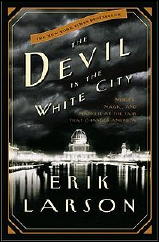
The two stories came together on a British ship, The Montrose, commanded by Captain George Kendall. Hawley Crippen and his mistress Ethel La Neve had disappeared, sought by the police, when Captain Kendall noticed something odd about two of his passengers, Mr. Robinson and son.
Armed with his suspicions Kendall used the Marconi as the wireless was known to contact the authorities, and set off one of the most famous pursuits in criminal history — one that would not have been possible without Marconi’s invention.
Imagine if you can the pursuit of O.J. Simpson’s white Bronco going on for days across the breadth of the Atlantic.
Even the cleverest mystery writer would have trouble coming up with a scenario as improbable as what followed. Inspector Walter Dew, in charge of the case, boarded the Laurentic, a sister ship of the Montrose, in a race to reach Canada before Crippen, so the doctor and Ethel LaNeve could be arrested on the Montrose — which was British territory as long as it was at sea.
(There was some concern that had they reached Canada, there may not have been sufficient evidence for their extradition.)
What made this case unique was that the world press traveled in his wake, and every aspect of this chase was wired hourly to the breathless world, while in London the noose that would hang Crippen drew taut as the new science of forensics pieced together the story of the brutal death and bizarre fate of Cora Crippen’s corpse.
Meanwhile on board the Montrose, Kendall and his officers worked to keep Crippen and La Neve and the other passengers ignorant of the whirlwind of events surrounding them, while Dew raced to pass them and arrive in Canada first.
Larson is a master at orchestrating the events so they read as compellingly as any novel, and it comes down to perhaps the most famous example of British phlegm since African explorer Henry Morton Stanley’s “Dr. Livingstone, I presume?”
Dew had come aboard the Montrose with the ships pilot in disguise wearing the pilot’s cap:
Kendall watched Dew. The captain looked for some sign that Dew recognized the passenger below. The inspector said nothing. Kendall led the party to his cabin and sent for Mr. Robinson. A few moments later the man appeared, looking unconcerned and cheerful.
Kendall stood. Discreetly he put his hand in his pocket and gripped the revolver. He said, “Let me introduce you.”
Dew stepped up, still in his cap. The passenger smiled and held out his hand. Dew took it and with his free hand took off his cap. He said quietly, “Good morning, Dr. Crippen.”
The expression on the passenger’s face changed rapidly, Dew wrote. First came surprise, then puzzlement, then recognition. Finally, in a voice Dew described as being ‘calm and quiet,’ Crippen now said, “Good morning, Mr. Dew.”
Agatha Christie could not have written it better.
Larson follows up on the fates of those involved. The spectacular trial that became an international sensation, Dew’s retirement after his most famous case, Captain Kendall’s adventurous career that reads like a Conrad novel, Mussolini praying at the beside of the dead Marconi, the still unanswered questions regarding the murder, and a final touching interview with Ethel La Neve shortly before her death.
Thunderstruck reads like the best of novels, but has the weight of truth behind it. Carefully crafted and brilliantly written, it is a true crime story that compares with the best fiction for twists, turns, and moments of crime-solving worthy of Dr. Thorndyke or Sherlock Holmes.
A fascinating look at one of the key events in the birth of the Twentieth Century and modern communications, and in the wake of cell phones, ipods, instant video, and world wide satellite communications — a reminder that the world was once much larger.
Though Jung might have been right when he said that it was made of glass for a murderer, the birth of the modern world made that metaphor reality for Hawley Crippen.
